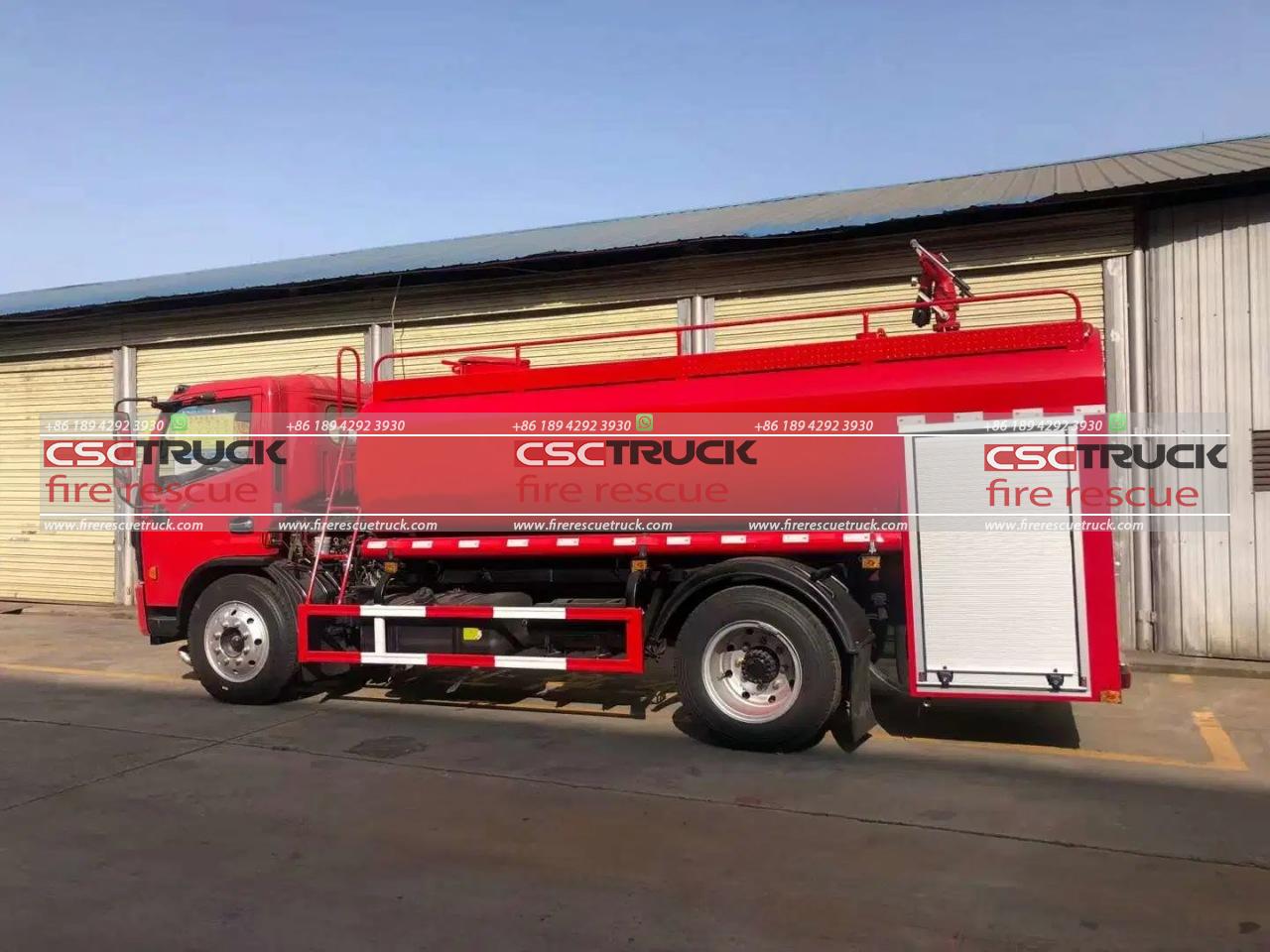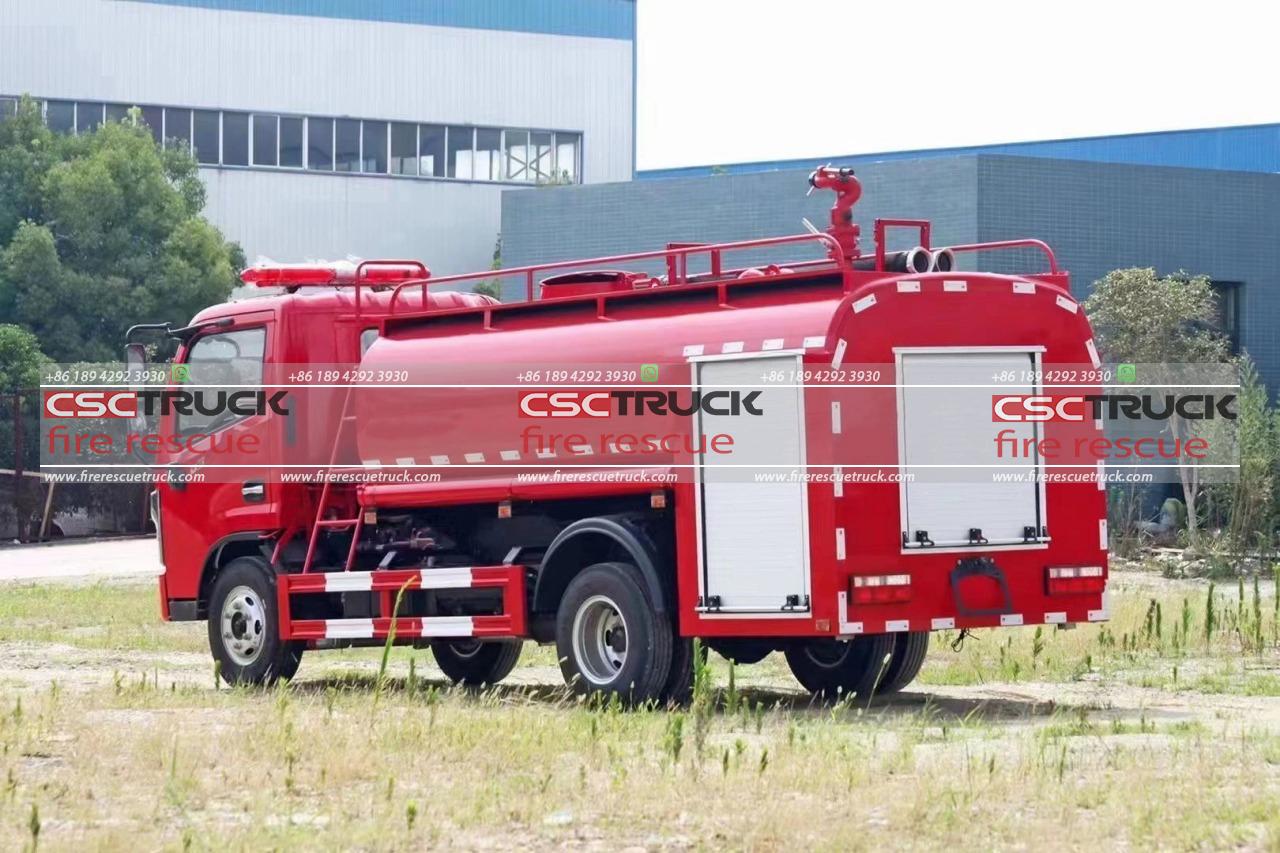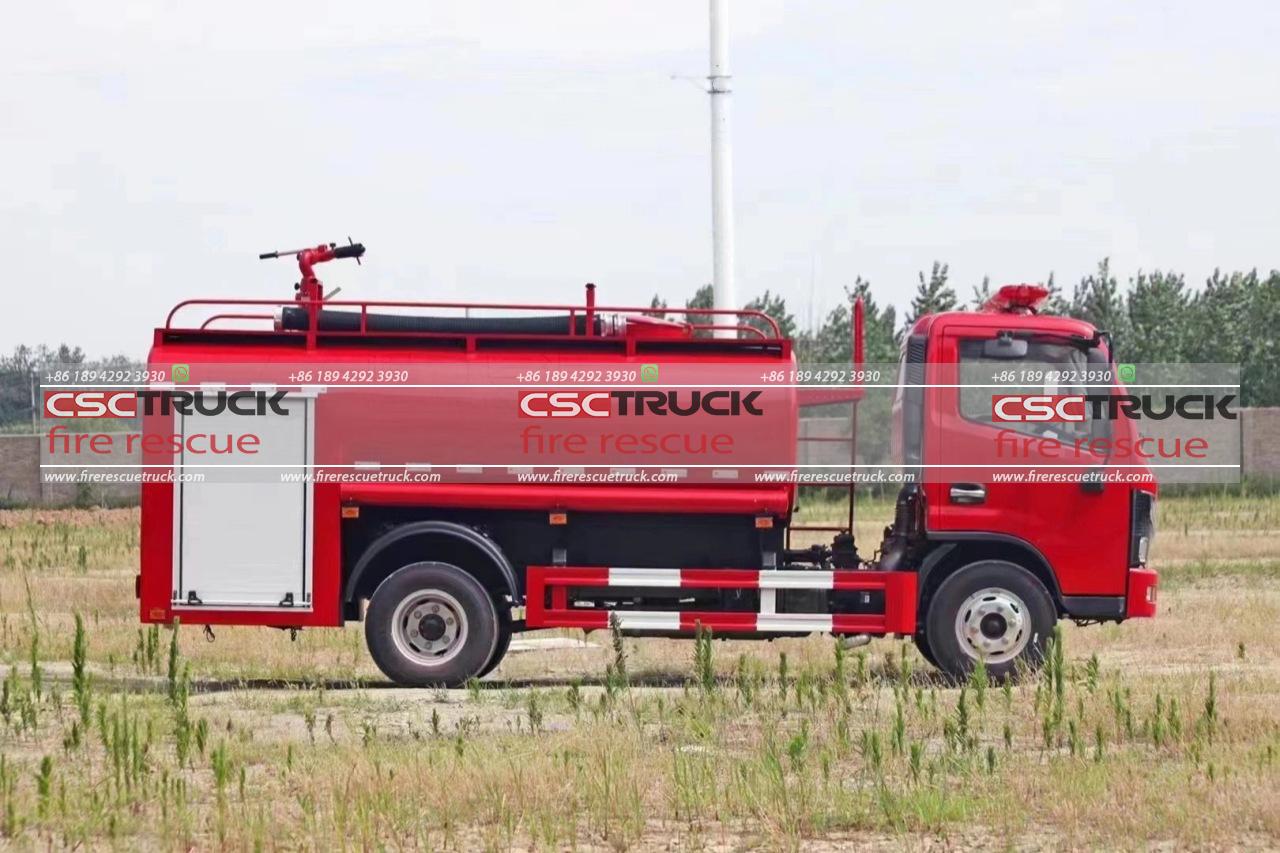In the realm of emergency response, few scenarios are as challenging and potentially catastrophic as tanker truck fires. These incidents demand specialized equipment and trained personnel to mitigate the risks effectively. The key to successful emergency response lies in the ability to maximize safety for both responders and the public. In this article, we explore the critical role of tanker fire trucks in emergency response and examine innovative solutions aimed at enhancing safety in these high-stakes situations.
Tanker fire trucks serve as frontline warriors in combating fires involving flammable liquids, such as gasoline, diesel, and industrial chemicals. These vehicles are equipped with powerful pumps, large-capacity water tanks, and foam delivery systems specifically designed to tackle hazardous material fires. However, the effectiveness of tanker fire trucks hinges not only on their equipment but also on the strategies and protocols employed by emergency responders.
One of the primary challenges in tanker truck fire response is the potential for rapid escalation. Flammable liquids can ignite quickly and produce intense heat, leading to explosions and toxic fumes. Therefore, the foremost priority for responders is to establish a safe perimeter and assess the situation before initiating firefighting efforts. Advanced technology plays a crucial role in this initial phase, with thermal imaging cameras and gas detection systems enabling responders to gather real-time data and make informed decisions from a safe distance.

Once the scene is assessed, the deployment of tanker fire trucks becomes paramount. These specialized vehicles are designed to deliver a potent combination of water and foam to smother the flames and prevent reignition. However, traditional tanker fire trucks have limitations, particularly concerning maneuverability and accessibility in confined spaces. To address these challenges, manufacturers have developed innovative solutions tailored to the unique demands of tanker truck fire response.
One such solution is the integration of advanced firefighting systems with compact and agile tanker truck designs. By optimizing vehicle dimensions and incorporating hydraulic articulation mechanisms, manufacturers can enhance maneuverability without compromising on firefighting capabilities. These next-generation tanker fire trucks are equipped to navigate tight urban streets and access hard-to-reach areas, ensuring swift and effective response to emergencies.
In addition to agility, safety features are paramount in tanker fire truck design. Enhanced cabin protection systems, such as rollover bars and reinforced structures, shield responders from potential hazards during operation. Moreover, the integration of remote-controlled monitors and robotic firefighting equipment minimizes direct exposure to heat and flames, further reducing the risk to personnel.

Another crucial aspect of tanker fire truck solutions is the integration of environmental protection measures. Containment and recovery systems enable responders to mitigate the spread of hazardous materials and prevent contamination of water sources. Additionally, onboard foam proportioning systems ensure precise application, minimizing runoff and environmental impact. By prioritizing environmental stewardship, tanker fire truck solutions not only safeguard human lives but also preserve ecological integrity in the aftermath of emergencies.
Furthermore, advancements in communication technology play a pivotal role in maximizing safety during tanker truck fire response. Real-time connectivity enables seamless coordination between responding agencies, allowing for efficient resource allocation and incident management. Moreover, the integration of augmented reality (AR) interfaces empowers responders with enhanced situational awareness, facilitating informed decision-making in dynamic and high-pressure environments.
Training and preparedness are also central to maximizing safety in tanker truck fire response. Emergency responders undergo rigorous training programs focused on hazardous material handling, fire suppression techniques, and operational protocols specific to tanker truck incidents. Regular drills and simulations ensure readiness and proficiency, enabling responders to execute swift and coordinated actions when faced with real-world emergencies.

In conclusion, tanker fire truck solutions play a critical role in emergency response efforts aimed at mitigating the risks posed by flammable liquid fires. By integrating advanced technology, optimizing vehicle design, and prioritizing safety features, manufacturers have made significant strides in enhancing the effectiveness and safety of tanker fire response operations. However, continuous innovation, training, and collaboration are essential to staying ahead of evolving threats and maximizing safety for responders and the public alike.







